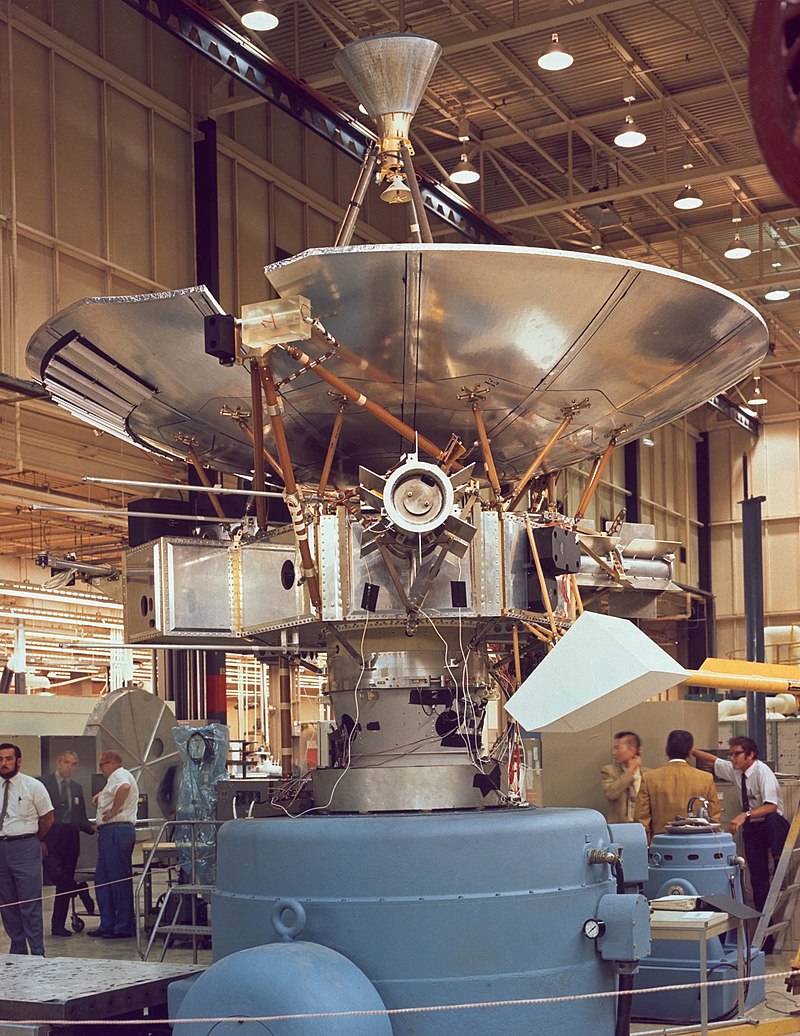Pioneer 2
Type
Launch
Target
Objective
What was Pioneer 2?
Pioneer 2 was the third attempt by the United States to send a spacecraft to orbit the Moon. Like its predecessors, the probe never reached its target and burned up in Earth’s atmosphere minutes after launch.
- This was the second official NASA deep space launch, although ground operations were handled by the U.S. Air Force.
- Pioneer 2 reached an altitude of 951 miles (1,530 kilometers).
- During its brief mission, the probe did send back some scientific data.
| Nation | United States of America (USA) |
| Objective(s) | Lunar Orbit |
| Spacecraft | Able 3 |
| Spacecraft Mass | 87 pounds (39.6 kilograms) |
| Mission Design and Management | NASA / AFBMD |
| Launch Vehicle | Thor-Able I (Thor Able I no. 2 / Thor no. 129/DM-1812-6) |
| Launch Date and Time | Nov. 8, 1958 / 07:30:20 UT |
| Launch Site | Cape Canaveral Air Force Station, Fla. / Launch Complex 17A |
| Scientific Instruments |
|
Key Dates
Nov. 8, 1958: Launch
Nov. 8, 1958: Probe burned up in Earth’s atmosphere
In Depth: Pioneer 2
This was the second official NASA deep space launch, although operations on the ground were handled by the U.S. Air Force.
For this third launch of an STL-built lunar orbiter, engineers introduced a number of changes to the Thor-Able launcher.
The probe also now included a new TV scanner and a new type of battery, as well as a new cosmic ray telescope to study the Cherenkov Effect.
Pioneer 2, like its predecessors, never reached its target. A signal from the ground shut down the Thor launch vehicle’s second stage earlier than planned. Additionally, when the X-248 third stage engine separated, it failed to fire. As a result, the probe burned up in Earth’s atmosphere only 42 minutes 10 seconds after launch at 28.6 degrees east longitude.
During its brief mission, it reached an altitude of 951 miles (1,530 kilometers) (as announced in December 1959) and sent back data that suggested that Earth’s equatorial region had higher flux and energy levels than previously thought. The information also indicated that micrometeoroid density was higher near Earth than in space.
Investigators concluded that the third stage engine had failed to fire because of a broken wire.
A NASA press release from Administrator T. Keith Glennan (1905-1995) soon after the launch officially named the probe Pioneer 2.
Additional Resources
National Space Science Data Center Master Catalog: Pioneer 2
Key Source
Siddiqi, Asif A. Beyond Earth: A Chronicle of Deep Space Exploration, 1958-2016. NASA History Program Office, 2018.





































